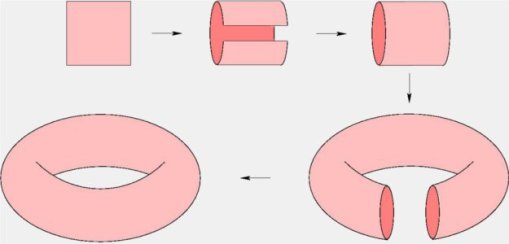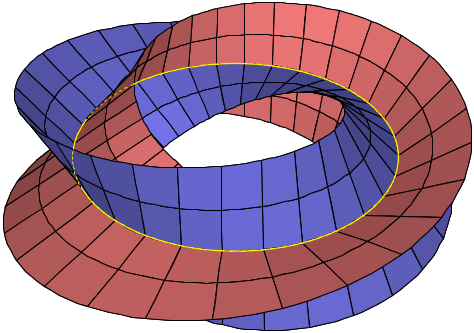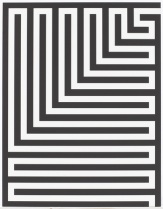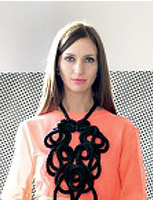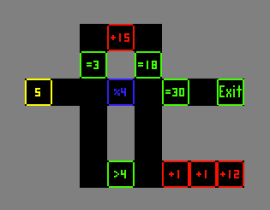Welcome to this week’s Math Munch!
There’s a neat old problem/puzzle that goes like this: make a 3-D shape that could fit snugly through each of three holes—one a square, one a circle, and one a triangle. To make a shape that works for just two holes isn’t so tricky. For example, a cylinder that is just as tall as it is across would fit snugly through a circle hole and a square hole. Can you think of what would work for each of the other two shape combos? What about all three?
If you’re curious about the answer, you might enjoy this post by Kit Wallace or this page by George Hart or—believe it or not—roundsquaretriangle.com. I don’t know the origin of this puzzle and would love to. I haven’t found any info about it after to poking around the internet for a while. So if you locate any information about the backstory of the squircangle—which is not its real name, just one that I made up—please let us know!
Even though I knew about the square-circle-triangle problem, I was not at all prepared to encounter the solution to the jet-butterfly-dragon problem!
Dragon Butterfly Jet is just one of several “magic angle sculptures” created by artist, chemist, and PhD, and high school dropout John V. Muntean. John writes the following in his Artist Statement:
As a scientist and artist, I am interested in the how perception influences our theory of the universe. … Every 120º of rotation, the amorphous shadows evolve into independent forms. Our scientific interpretation of nature often depends upon our point of view. Perspective matters.
There’s much more to see on John’s website. And you can check out Dragon Butterfly Jet in action in the video below, along with Knight Mermaid Pirate-Ship. I also recommend this video made by John where he demonstrates how his sculpture works himself. It also includes a stop-frame animation of the sculpture being built! So cool.
And finally, what you’ve all been waiting for…
…
…!
That’s right! My final share of the week is that most outspoken of punctuation marks, the ellipsis. Because often what you don’t say says a whole lot! That’s true when writing a story or some dialogue, and it’s also true in mathematics. Watch: 1+2+3+…+100. See? Pretty neat! Those three dots sure say a mouthful…
The ellipsis is probably my second favorite punctuation mark—after the em dash, of course. But don’t take my word for it. Instead, check out this article about the history and uses—mathematical and otherwise—of the humble ellipsis. Author Cameron Hunt McNabb writes:
Thus the ellipsis has been used to indicate anything from the erroneous to the irrational, and its intrigue lies in resistance to meaning. As long as we have things to say, we will have things to omit.
I could go on and on about the ellipsis, just like pi does: 3.1415… But anyway, while we’re on the subject of punctuation, let me point you to one of my favorite sites on the mathematical internet: the Earliest Uses of Various Mathematical Symbols page, maintained by Jeff Miller. Jeff teaches high school math in Florida and also has some other great pages, too, including this one about mathematicians featured on stamps.
Bon…
…appetit!






